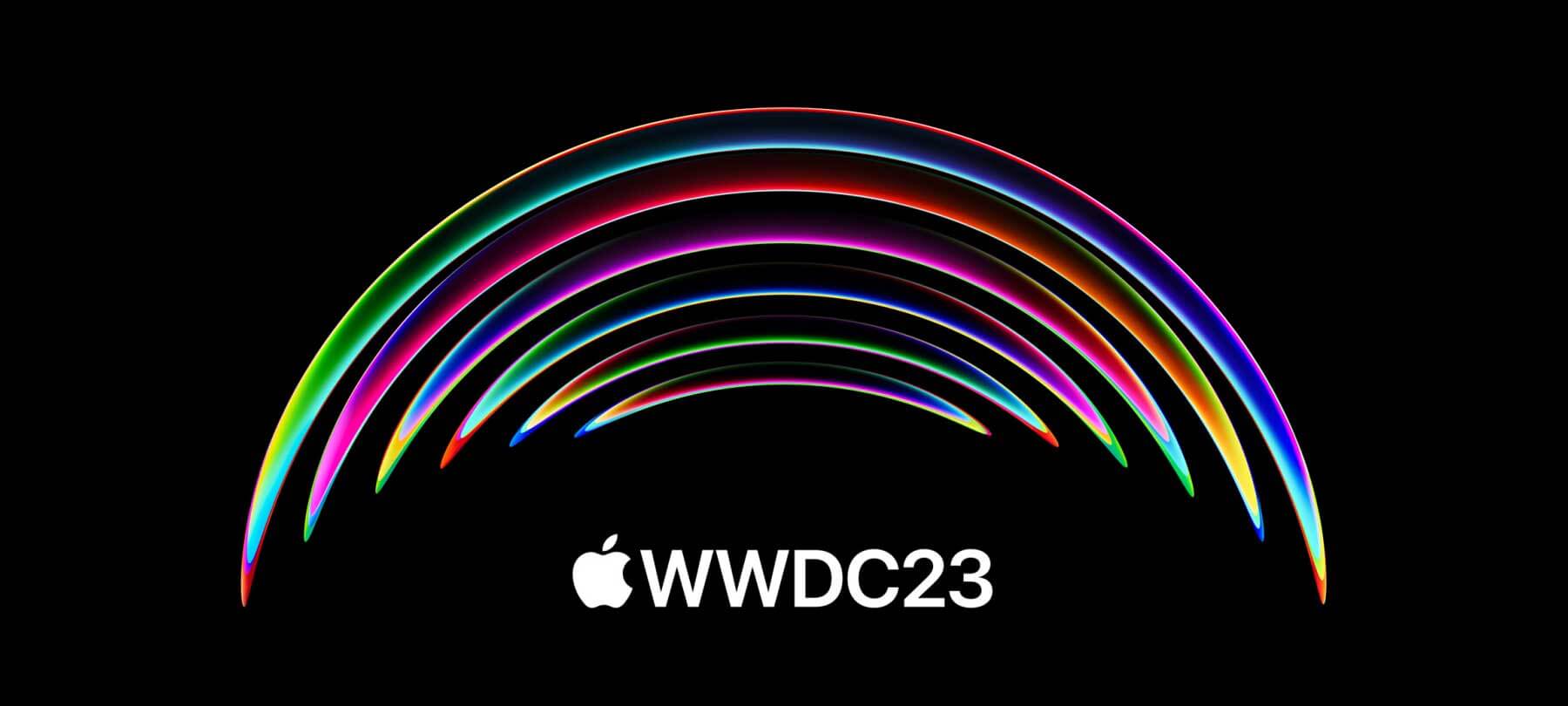Apple Announces Transition to New File System at WWDC
Last year, Apple announced that it was in the final stages of development for a new file system to replace the current architecture, which has begun showing its age. At this year’s WWDC, one of Apple’s major announcements was that this new “Apple File System” (or APFS) is finally ready. It’s coming to users soon with the release of macOS High Sierra, and it brings with it a host of improvements in both performance and security.
On the performance side, we can expect to see much faster disk operations, especially when paired with solid state drives. APFS was optimized for modern machines, while HFS was designed 30 years ago. Besides improvements in latency, reducing the time between when you ask for something and the time it happens, APFS expands file ID’s from 32-bit to 64-bit, allowing the file system to track trillions of more pieces of information on your drive. It also improves performance by moving from journaling to a copy-on-write metadata scheme – this is not only more efficient, but provides greater data protection in the event of a crash!
The real story is in APFS’s support for enhanced encryption. APFS is a file system built with modern security concerns in mind, and users will be able to choose from three paths. First, they could opt for no encryption at all. Second, they could opt for industry-standard strong encryption for the entire disk—a single key encryption, similar to FileVault, where you might encrypt all the files on disk with the same key. However, APFS goes one step further to offer multi-key encryption.
What’s that? First, each file is encrypted with a unique key. Second, it also encrypts file metadata — which can sometimes be just as useful to someone spying on your information — with a separate key. This method provides very robust protection for users. Even someone with access to your hard drive physically will have a tough time cracking the code and gaining access to your files.
The development version of APFS is not supported on startup disks or Fusion drives, and is not backwards compatible with older versions of OS X. However, Apple has indicated that in-place upgrades to APFS will be available for bootable volumes in macOS High Sierra. Apple’s commitment to present and future improvements to security for users is clear. APFS-encrypted files will work across all your Apple devices, including iPhones and iPads. Watch for this update coming soon and consider the benefits of using disk-level encryption. For convenience and safety, this is a big forward leap for Apple systems.



